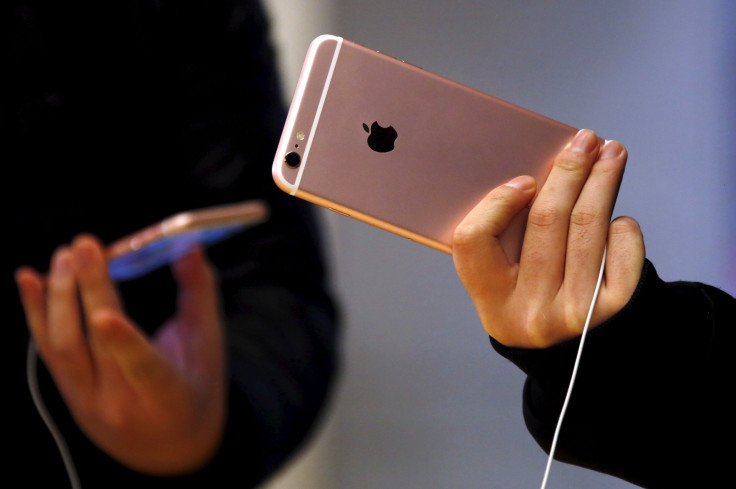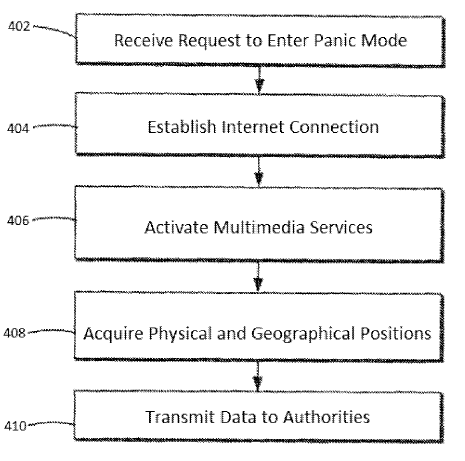iPhone 7 Rumors: Apple Inc. Invents Fingerprint-Enabled Panic Mode And Private Mode For iOS Devices

The iPhone’s Touch ID fingerprint sensor is usually used to unlock the phone or make purchases with Apple Pay. But a new invention from Apple proposes another function for the handy sensor: a panic button.
An Apple Inc. patent application published by the U.S. Patent and Trademark Office Thursday, titled “Fingerprint Activation Of A Panic Mode of Operation For A Mobile Device,” details a feature which enables an iPhone to invoke a “panic mode” when its user places a designated finger on the Touch ID sensor. When the mode is activated, the device will still unlock. However, using a specific finger on the reader limits what content can be accessed from the device, such as emails and text messages. The feature can also be used in nonemergency situations, such as foreign travel or protecting the phone’s data in public areas like bars and night clubs.

Apple proposes using a similar feature to unlock the device without any additional notifications. But by using a designated finger with the Touch ID reader, it enables a silent alarm mode which enables the phone to capture photo and video without being readily apparent. The images captured can then be sent to a remote server.

Another iteration of the feature would enable audio recording or turn the phone into a GPS homing beacon which can be viewed from a nearby device or an in-car display by another person or emergency service providers.
Apple is no stranger to introducing safety features in the iPhone. In 2010, it launched a feature called Find My iPhone, which enables owners to track their iPhones, iPads and Macs over the web, along with remote locking and wiping the devices. In 2013, Apple introduced another feature to iPhones, dubbed Activation Lock, which prevents unauthorized users from using the device even if it is wiped and restored. A patent application published in September also details another invention which uses the iPhone as a smoke detector and emergency locator.
As with many of Apple’s patent filings, it’s unknown if or when it plans to implement the invention in one of its devices. Apple first filed the patent application on May 5, 2014, and credits Apple engineer Karthik Sudhir for the invention.
© Copyright IBTimes 2024. All rights reserved.






















